
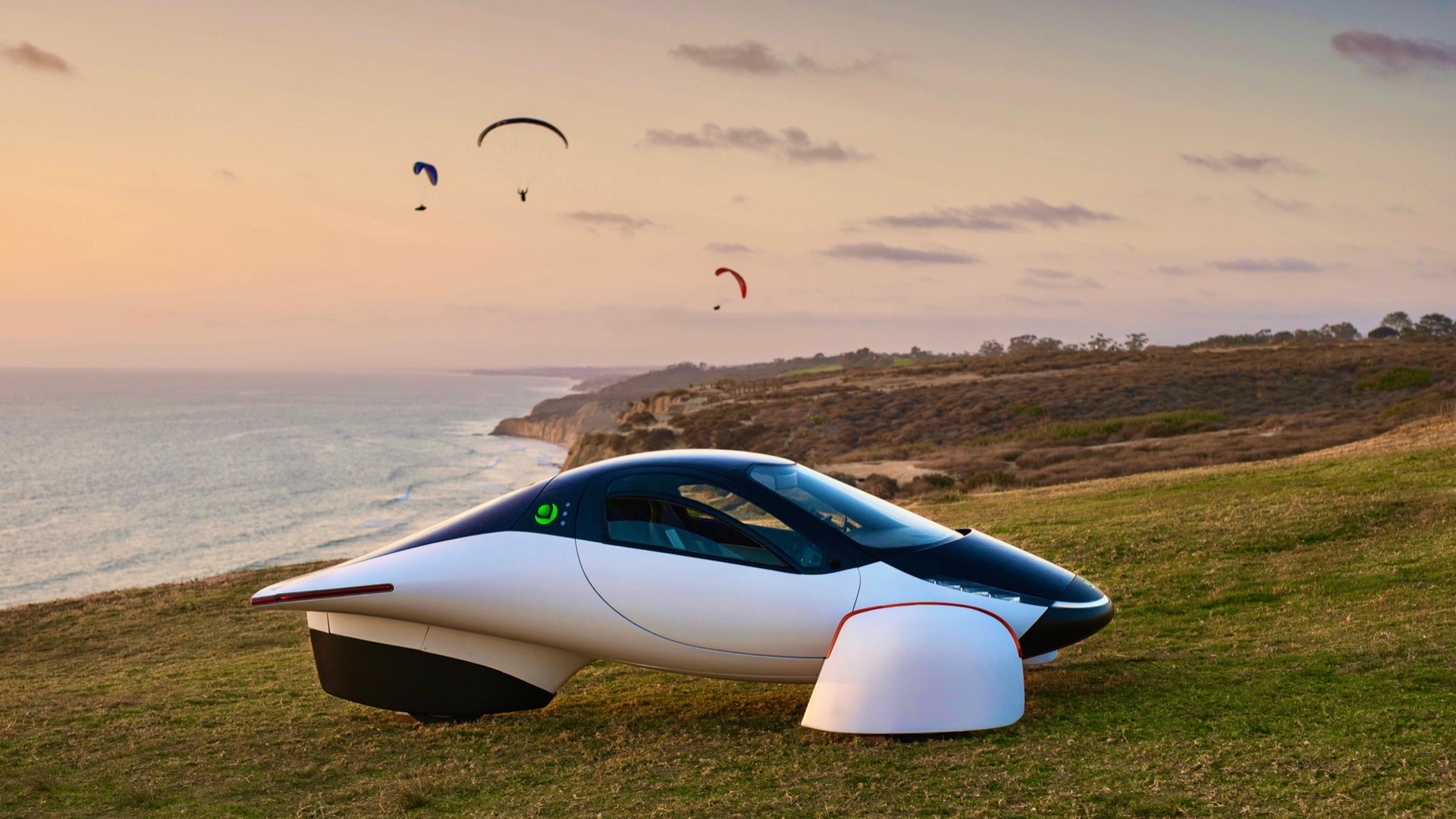
Aptera finishes crowdfunding, seeks more capital for solar EV
Aptera late Wednesday announced the end date for its crowdfunding stage, as it seeks private capital on its way “towards high-volume production” of its high-efficiency, three-wheel solar EV.
The company’s Regulation A crowdfunding, which bypasses traditional investors and the stock market and emphasizes smaller amounts, will end on June 30, it says, and it’s engaging with the firm US Capital for additional funding.
Through all phases of crowdfunding so far, over three years, Aptera has raised more than $100 million from more than 17,000 investors. It was incentivized this past year with an Accelerator Program that gave investors—at a minimum of $10,000 each—priority for reservations of the first 2,000 initial build slots of the three-wheeled electric car.
Aptera notably doesn’t say that funding has been secured. It instead says that its crowdfunding efforts “have paved the way for the company to engage with US Capital to secure funding for the production of Launch Edition vehicles.”
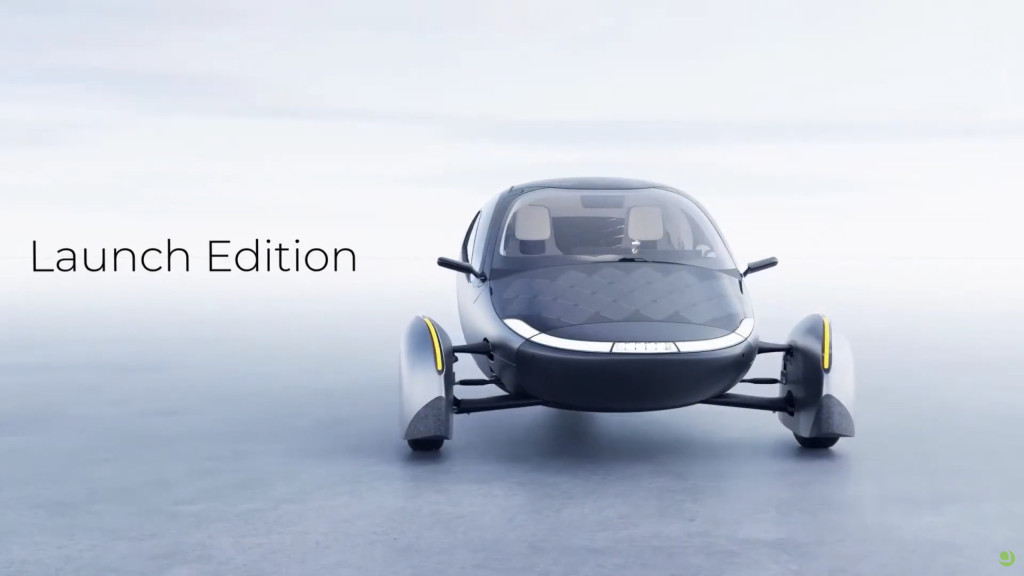
Aptera Launch Edition
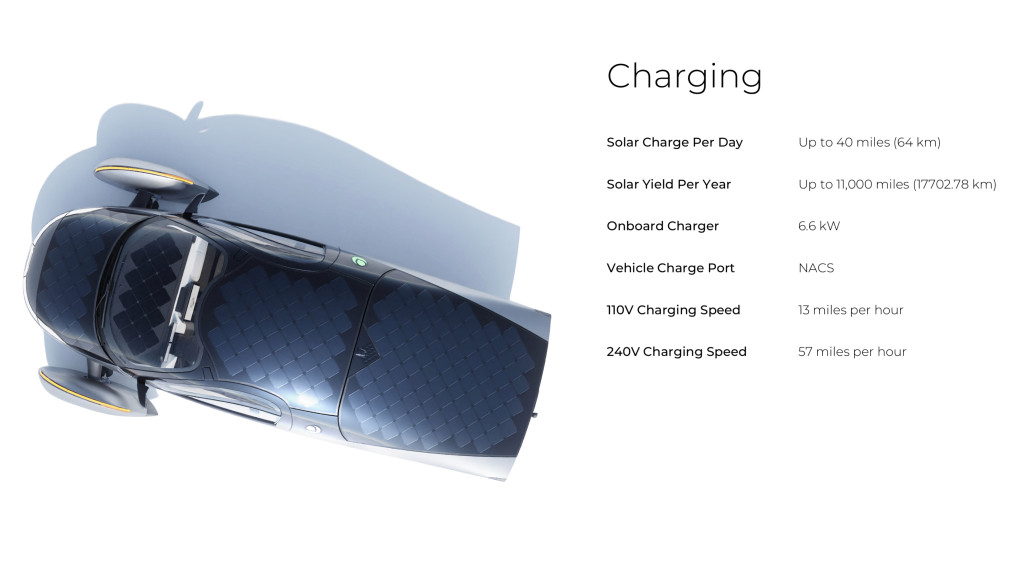
Aptera Launch Edition charging
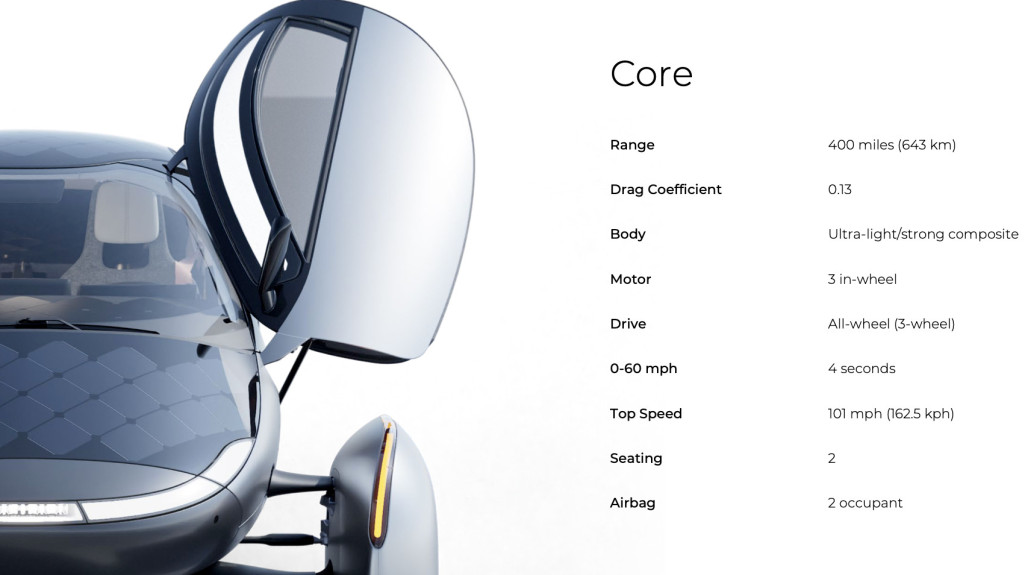
Aptera Launch Edition core specs
The Launch Edition was revealed in January 2023 with a 4.0-second 0-60 mph acceleration, a 42-kwh battery pack that would provide a range of up to 400 miles, and a solar system that can provide 700 watts of continuous power good for 40 miles of range per day, according to the company. Its price has been set at $33,200.
Aptera announced its use of the Tesla NACS port even before last year’s wave of American-market EV brands switching charging standards.
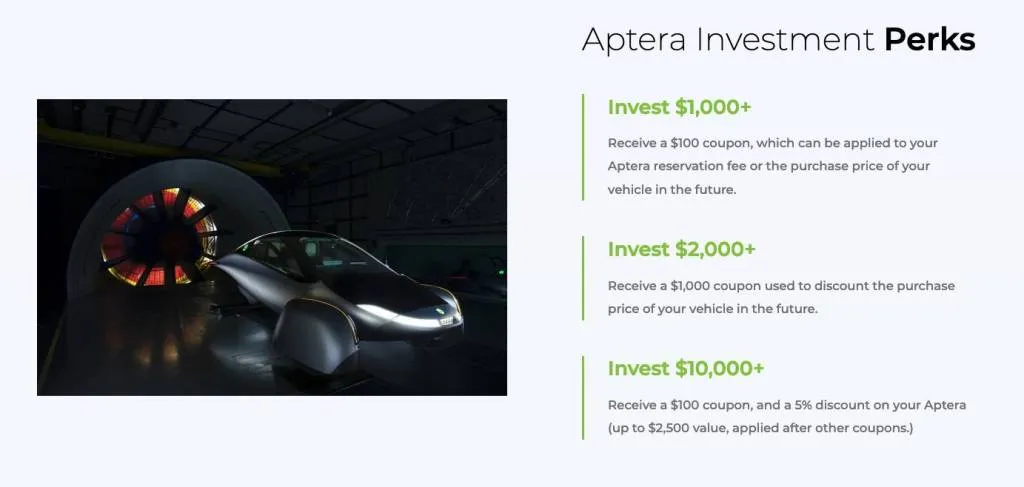
Aptera investment perks
The company announced the completion of the Accelerator Program in February and noted that it had raised enough money to “to fund the initial phases of production”—about $33 million, as of the end of January. Aptera appeared to walk that back a few weeks later, when it provided an update noting that “the start of production for Launch Edition requires additional capital.” Aptera clarified later to Green Car Reports that the previous claim of initial production phases referred to “production-intent vehicle builds.”
Aptera now also says that it plans to bring the vehicle to market “at scale” in 2025, and it hinted in recent months that some design changes are coming for efficiency and cost-effectiveness. Up to now, it’s looked to CPC in Italy for its carbon-fiber body plus chassis and suspension components, to battery supplier EVE Energy for 2170-format cylindrical NMC cells, and to CTNS in South Korea for battery modules.
Add a comment Cancel reply
Comments (0)
Related posts


Electric SUVs: Top 6 Models for Family Trips











